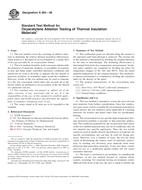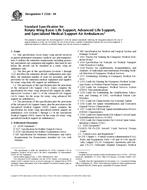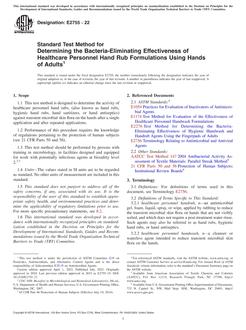1.1 This practice covers the accelerated aging (oxidation) of asphalt binders by means of pressurized air and elevated temperature. This is intended to simulate the type of changes which occur in asphalt binders during in-service oxidative aging but may not accurately simulate the relative rates of aging. It is intended for use with residue from Test Method D 2872 (RTFOT) which is designed to simulate plant aging.
Note 1
Modified asphalt binders may phase separate or form skins during oven conditioning in Test Method D 2872 (RTFOT); the results from subsequent testing of this residue may not be representative of modified asphalts short-term aged under field conditions. Phase separation, or formation of skins, or both can also occur during PAV aging. Therefore, the practice may not be suitable for some modified asphalts.
Note 2
PAV has not been validated for materials containing particulate materials.
1.2 The aging of asphalt binders during service is affected by ambient temperature and air pressure and by mixture-associated variables such as the volumetric proportions of the mix, the permeability of the mix, properties of the aggregates, and possibly other factors. This conditioning process is intended to provide an evaluation of the relative resistance of different asphalt binders to oxidative aging at selected elevated aging temperatures and pressures but cannot account for mixture variables or provide the relative resistance to aging at in-service conditions.
1.3 The values stated in SI units are to be regarded as the standard.
This standard does not purport to address all of the safety concerns, if any, associated with its use. It is the responsibility of the user of this standard to establish appropriate safety and health practices and determine the applicability of regulatory limitations prior to use.
Product Details
- Published:
- 01/10/2000
- Number of Pages:
- 5
- File Size:
- 1 file , 98 KB


